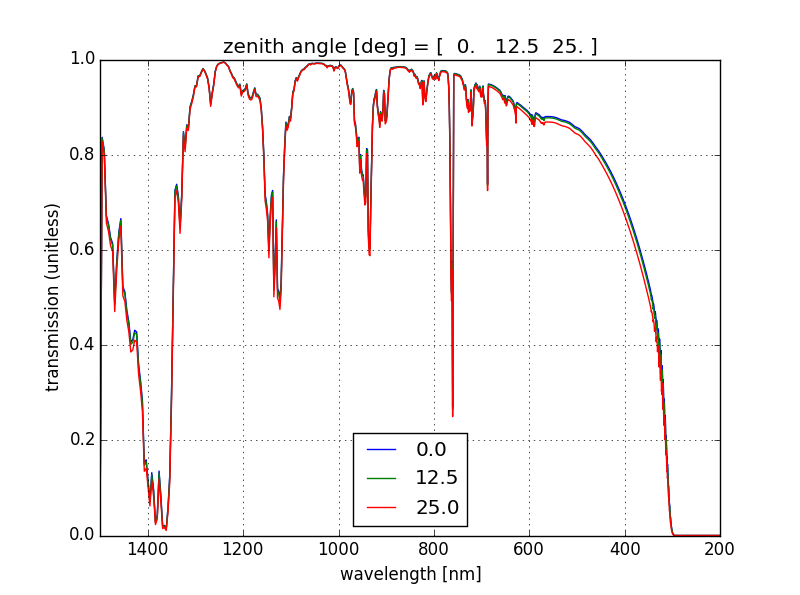Auroral Tomography for Magnetospheric Precipitation Estimates
Auroral tomography modeling paper
By using highly sensitive Andor iXon EMCCD cameras closely separated and aimed at the local magnetic zenith and custom processing, we estimate the electron precipitation characteristics causing the aurora. The cameras have a 9 degree field of view (FOV) and run at their respective maximum sustained frame rate ~50 frames/sec (fps). We thereby study the finest ground-observable auroral spatio-temporal scales and use the high-speed video to obtain the fastest possible (finest time scale) estimates of auroral precipitation.

Outdoor all-weather Arctic optical/radio station we developed
First principles auroral physics model

Estimating auroral precipitation drivers using tightly-synchronized, 3 km separated cameras
To keep the kinetic physics quantitative, we have to consider wavelength-dependent extinction (attenuation) of the atmosphere. The whole-atmosphere expected UV extinction is there, along with big biteouts in IR and near IR. Zenith angle = 90 - horizon elevation angle.

Wavelength-dependent extinction predicted by LOWTRAN relevant to ground-based auroral observations at polar latitudes
Time synchronization of high-speed auroral cameras: more than just taking a series of pretty pictures, time transfer (synchronization) is a critical component of this work.

GPSDO with PC interface
We used Jackson Labs Fury GPS Disciplines Oscillators (GPSDO) with a program I developed using National Instruments X-series ASICs for a tightly synchronized triggering and monitoring system. Even $40K cameras don’t always act the way they should.

Measuring 40 meter cable time delay with a GPSDO--220 nanoseconds
Supporting auroral observation instruments
include the all-sky camera, spectrometer, and multi-megawatt 440 MHz incoherent scatter radar (ISR).